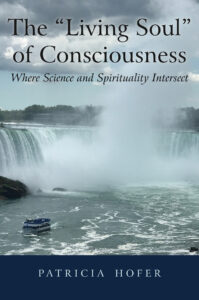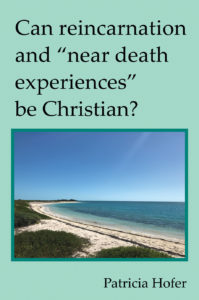Christ-inspired thoughts are the true “prophets”
Mindfulness has become a popular practice once again. I say once again because such contemplation has likely been around as long as human beings have been around. What is truly new is that some modern neuroscience research now supports the idea that our brains and our “conscious mind” are two separate things.
For example, the brain is more or less pot-bound. Its neurons connect the various self-centered sensations and reactions and limitations of natural experience. The brain would keep me (and you) looking at where we put our feet, finding our next meal, and worrying about who or what is sneaking up on us!
Our consciousness, on the other hand, is the home of creativity, insight and intuition—the God-derived gifts that have propelled human beings forward. So it is the thoughtfulness that flows in from consciousness that needs to focus our mindfulness and our prayers.
That’s because, when it comes to faith and religious believing, we need to recognize the brain as clearly and repeatedly a “false prophet.” The writer of 1 John, a member of the community that followed the teaching of John the Apostle, warns early Christians that they must learn to recognize “false prophets.” Followers were to “test the spirits to see whether they are from God” (NIV 4:1-2).
Similarly we need to “test” the thoughts that are governing our lives by tracing them back to their source. Christ-inspired thoughts are the ones that fill our hearts with love and peace, with enduring faith and healing consolation. The “more” that comes with a life “hidden with Christ in God” emerges as we consciously focus “on things above, not on earthly things” (NIV Col. 3:2-3).
But we are more than nature defines, a living soul with a conscious mind. (Living Calm 2016)


Leave a Reply